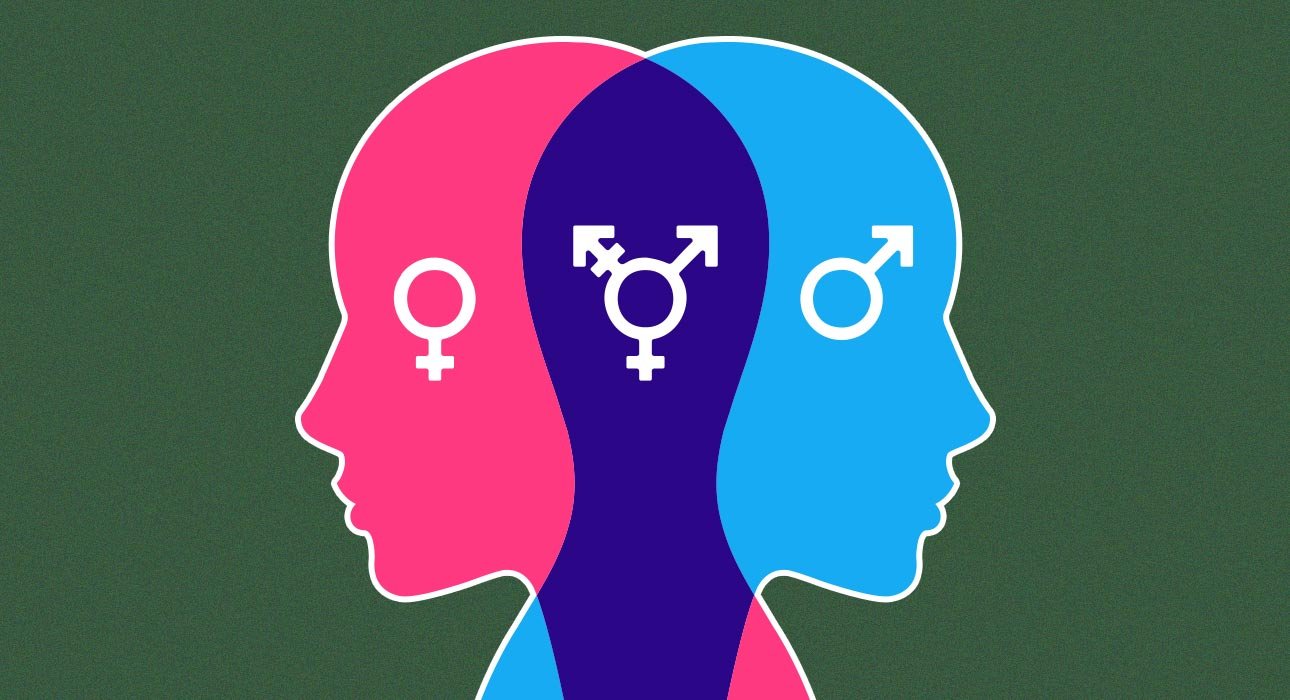A new study was conducted to understand impulsivity and risk-taking through specific reward-related neural circuits. These two were associated with timings and biological sex in complex ways. During the learning phase of the rat Gambling Task (rGT), the circuits were manipulated, which altered the risky choices differently for females and males. While after learning, manipulation resulted in motor impulsivity for both.
These results show that distinct behaviours can arise from the same brain system. Effective treatment for impulsivity-related disorders needs to take these sex differences into account, along with the individual’s stage of behavioural learning.
Research Details
The study was conducted in collaboration between Columbia University and the University of Cambridge, Tristan Hynes and their colleagues. Rats were used as samples to explore impulsivity and risky decision-making associated with specific reward-related neuron populations during gambling tasks. The research has been published in the Journal of Neuroscience paper by Tristan Hynes et al. In the study, the rats had to choose between four holes, each associated with a different probability of receiving a reward or a time-out punishment, by manipulating the population’s neural activity.
Read More: Research Shows Our Food and Money Habits as Signs of Impulsivity
Major findings
The research claims the following aspects:
- When the same neural circuits are manipulated before or after learning, the influence of impulsivity and risk is different for males and females
- The study was conducted on rats wherein risky decision-making affects on reward-related neurons are unique for females and males.
- The research facilitates customised, stage-dependent, and sex specific treatments for impulsivity disorders.
- Some individuals with psychiatric conditions such as Attention Deficit Hyperactivity Disorder (ADHD), addiction, struggle to control urges with respect to decision-making under uncertainty.
Researchers Perspective
The same neural circuits drive different aspects of behaviour, entirely depending on sex and timing. According to Hynes, the neural circuits operate differently with respect to sex and experience rather than in isolation or uniformity across individuals. The progression of their disorder and biological sex can change how brain circuits respond to the treatment. Therefore, pharmacotherapy, which is one size fits all, won’t work.
Regulating Process
Decision making or motor impulsivity is regulated by the Central Striatal Cholinergic. Within the Ventral Striatum, Dopaminergic transmission is reviewed broadly dopaminergic manipulation in risky choice and impulsivity rarely impacting both behaviours uniformly. When, during task acquisition, Dopaminergic transmission is altered, the behaviour is rarely impacted uniformly.
As learning progresses, the reward prediction versus impulsive control may vary, though the task structure of rGT remains constant. The premature response is more valuable once a decision-making strategy is exploited and established. Thus, it has been hypothesised that Ventral Striatal CINs (vsCINs) could influence impulse control of reward Learning during task acquisition, respectively.
Read More: The Psychology of Conduct, Impulse-Control, and Disruptive Disorders in Males
